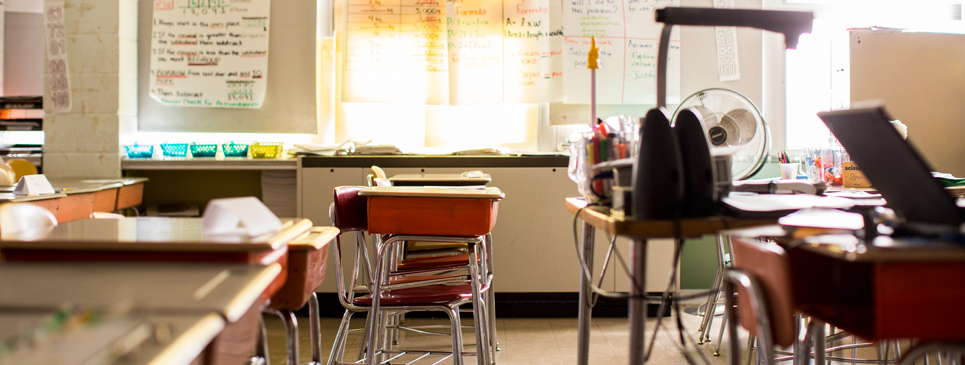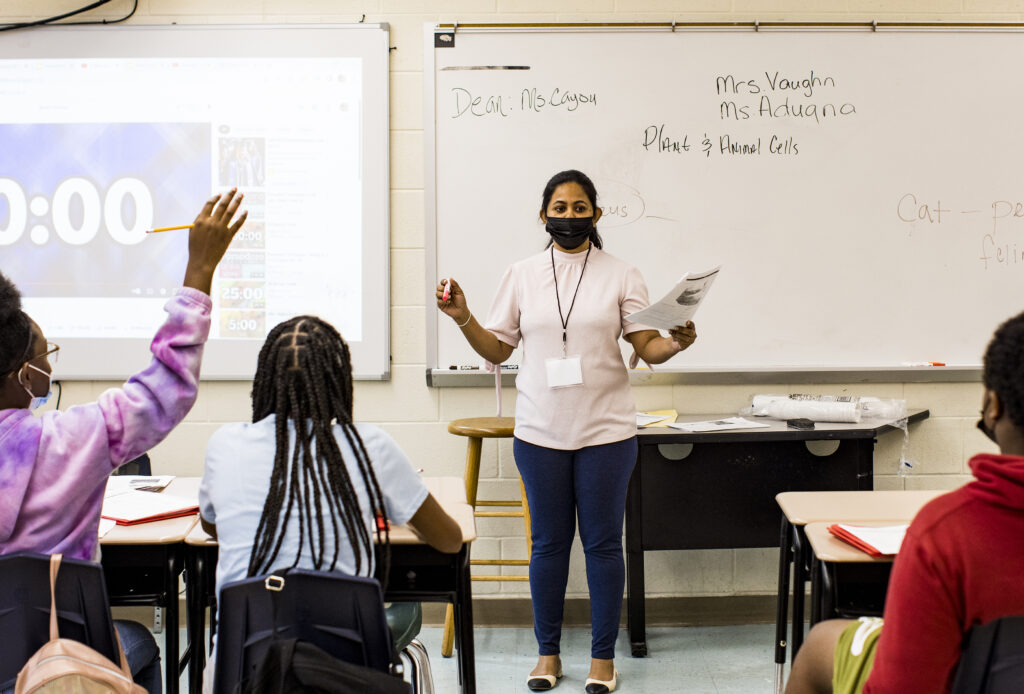It’s easy to talk about schools in absolutes and focus on qualities that can be quantified and compared, like proficiency rates on standardized tests or class sizes. But when it’s time to decide where your child will spend half their waking hours, it’s a lot more complicated.
Even with my background in education—I taught high school math for three years and I now help districts look at school data in order to better serve teachers and students—choosing where my own daughter will attend Kindergarten next fall was daunting.
I wanted to know: When it comes to picking a school for their own, how do education professionals approach the choice?
So I reached out to my peers. Quickly, I received lengthy responses citing factors like proximity to home, racial and economic diversity, and community engagement, among others. One colleague mentioned at least 35 factors she considered while navigating her child’s K-12 path.
Here’s what I heard from a few of my colleagues at TNTP about the things that matter most to them:
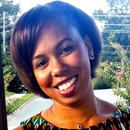 Kriss Deas, Operations Manager, Durham, North Carolina
Kriss Deas, Operations Manager, Durham, North Carolina
My son is only six months old, but I’m thinking about where he will go to school now. In North Carolina, district zones may affect where I decide to move to within the next three to four years, so I’m paying attention to zoning maps and our local school district’s website.
When I’m interested in a school, I look at their report card. I look for the performance of students in reading and math on end-of-grade tests compared to the district and the state. The report card also gives me a few other important measures such as student-teacher ratio, school attendance, average class size, school safety rating, and an overall A-F rating for the school. Diversity and the demographics of a school are also important to me, but it’s hard to find public data on that.
Right now, our neighborhood school is graded number one in our district, and fairs pretty well compared to the state of North Carolina. But still, I’m not sure if these are good indicators since our district doesn’t have the best reputation. As someone relatively new to North Carolina, I feel as though I’m much more of an outsider. Looking at data and numbers are a nice starting place for me, but I want to volunteer at my son’s potential school, and get an insider’s perspective, before I enroll him anywhere.
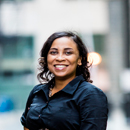 Kristy Sullivan, Project Director, Memphis, Tennessee
Kristy Sullivan, Project Director, Memphis, Tennessee
Last year I was researching public Pre-K options for my daughter. I was looking for a place that offered a rigorous curriculum focused on building strong literacy skills at an early age. That sounds like a lot for a four year old, but so much data points to the value of building these skills at an early age. It was also incredibly important for me to find a place that had a diverse staff and student population. As a parent of color, I want my child to be exposed to myriad cultures and experiences.
Word of mouth was one of the best resources for me. I reached out to friends with older children and asked for referrals. I also posted on Facebook and asked folks in my network for their recommendations. A Memphis mom created a website that is also a good resource for parents.
However, Tennessee does not offer universal Pre-K, so openings for students are incredibly limited, particularly if you do not qualify for free and or reduced lunch. Not to mention that when it came to finding a school with an inclusive culture and challenging instruction, many offered one or the other.
I opted for a private Pre-K—which is a very privileged decision to be able to make. It’s heartbreaking when I think about families who want to send their kids to Pre-K that don’t qualify for public options and can’t afford a private one. By not creating more quality, universal Pre-K options, I really believe we are putting so many of their children at a distinct disadvantage.
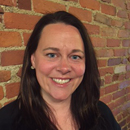 Rebecca Cutler, Project Director, East Lansing, Michigan
Rebecca Cutler, Project Director, East Lansing, Michigan
My daughter was heading into the second grade when we moved from a tight knit community in Michigan to Chicago. Her new school was in an old, beautiful building we could walk to, and had a solid reputation for a diverse and inclusive culture and student achievement. I’d like to say I spent lot of time poring over resources to research the 600 plus schools in the district to find it, but honestly that was overwhelming. We chose the school because it felt like the kind of community we wanted to be part of.
My daughter spent four years there. While I don’t regret my choice, looking back I would have spent more time looking beyond the surface and asking smarter questions. I’d request to spend time in teachers’ classrooms and ask to look at examples of student work to get a sense for the level of rigor and curriculum.
Recently, we moved back to Michigan as my daughter was entering the sixth grade. We were limited to a certain geographic region with little school choice, compared to a metropolitan area. Charters are also minimal and I didn’t want to consider private schools, so we chose between seven or so districts—each typically offers a couple of middle schools and one high school.
In addition to ensuring my daughter was surrounded by students from different backgrounds and cultures, I looked closely at what advanced placement opportunities my daughter, who is a math whiz, would have as a high school student. As a former special education teacher, I also have strong convictions about inclusivity for kids with disabilities. I focused on these priorities in my district search.
Through my work as an instructional team leader in Chicago, I spent time in a lot of schools. Each school I worked in had strengths and things they needed to improve. I hoped to find a diverse school that would challenge my daughter and offer equal opportunities for students with disabilities. From my experiences, I knew I might not find a school that struck this balance, so I prioritized the two qualities most important to her development as a student and person: opportunities and diversity.
While the district and school we selected doesn’t match my ideal for special education programming, what was a tough personal choice for me seems like the right choice for my daughter.
